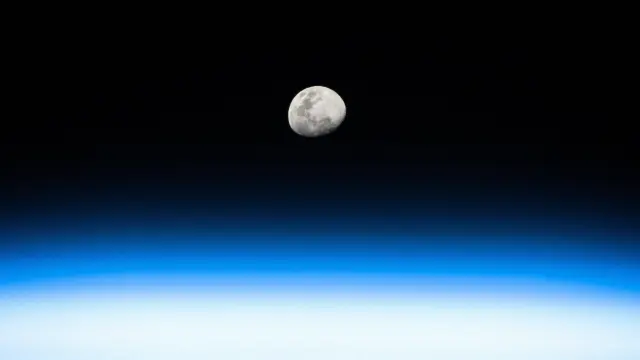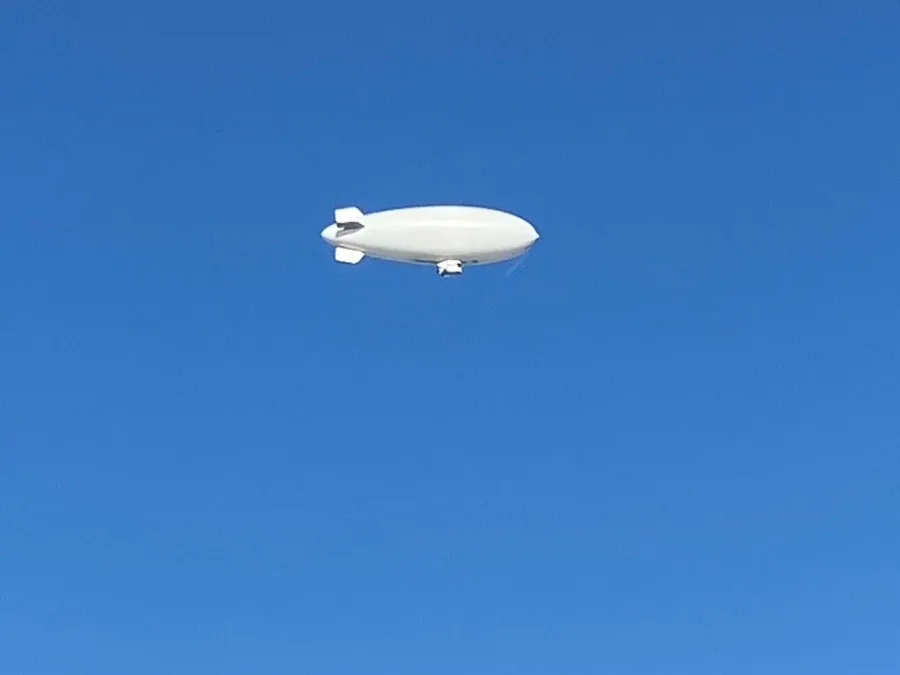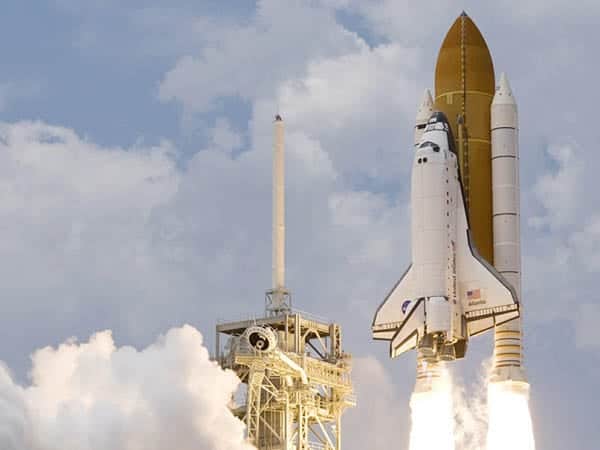Now Reading: Moon as a Future Fuel Station: Science or Possibility
-
01
Moon as a Future Fuel Station: Science or Possibility
Moon as a Future Fuel Station: Science or Possibility

The Moon has always captured human imagination, but in recent years it is being looked at with a very practical purpose—fuel. Scientists believe that the lunar surface holds resources like helium-3 and water ice that could be converted into energy or fuel for deep space missions. The idea of the Moon as a future refuelling hub may sound like science fiction, but global space agencies, including India’s ISRO, are now seriously exploring its potential.
The concept is based on practicality. Launching fuel from Earth is costly because rockets have to fight against gravity. If fuel could be sourced or produced on the Moon, spacecraft traveling to Mars or further could stop there to refuel. This would reduce costs and open the possibility of longer missions. Lunar ice, when split into hydrogen and oxygen, could be used as rocket propellant, while helium-3 has been studied as a potential source for clean nuclear fusion.
For India, this concept adds an interesting dimension. With the success of Chandrayaan missions, ISRO has already proven its ability to explore the Moon’s surface. Future Indian missions may not just focus on scientific research but also on resource mapping to understand how lunar materials can support space travel. Cities like Nagpur, Indore, or Jaipur, where many students dream of careers in science, are beginning to see discussions on how India can be part of this global race.
However, challenges remain. Extracting and processing lunar resources will require new technology, heavy investments, and international cooperation. There are also questions about ownership, as no single country can claim the Moon under international space law. Still, the growing interest from both governments and private companies shows that this vision is moving from imagination to possibility.
The Moon as a fuel station is not an immediate reality, but it represents the next step in space exploration. For India, being part of this journey means more than technology; it symbolizes ambition, innovation, and the role of emerging economies in shaping the future of space travel.

























